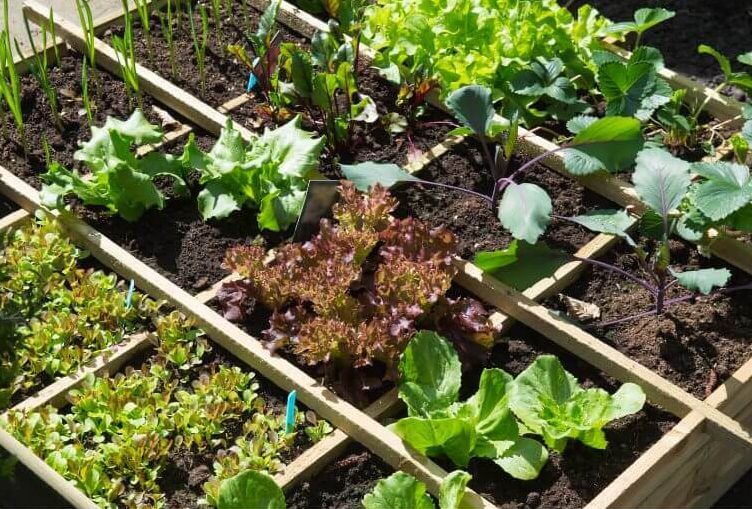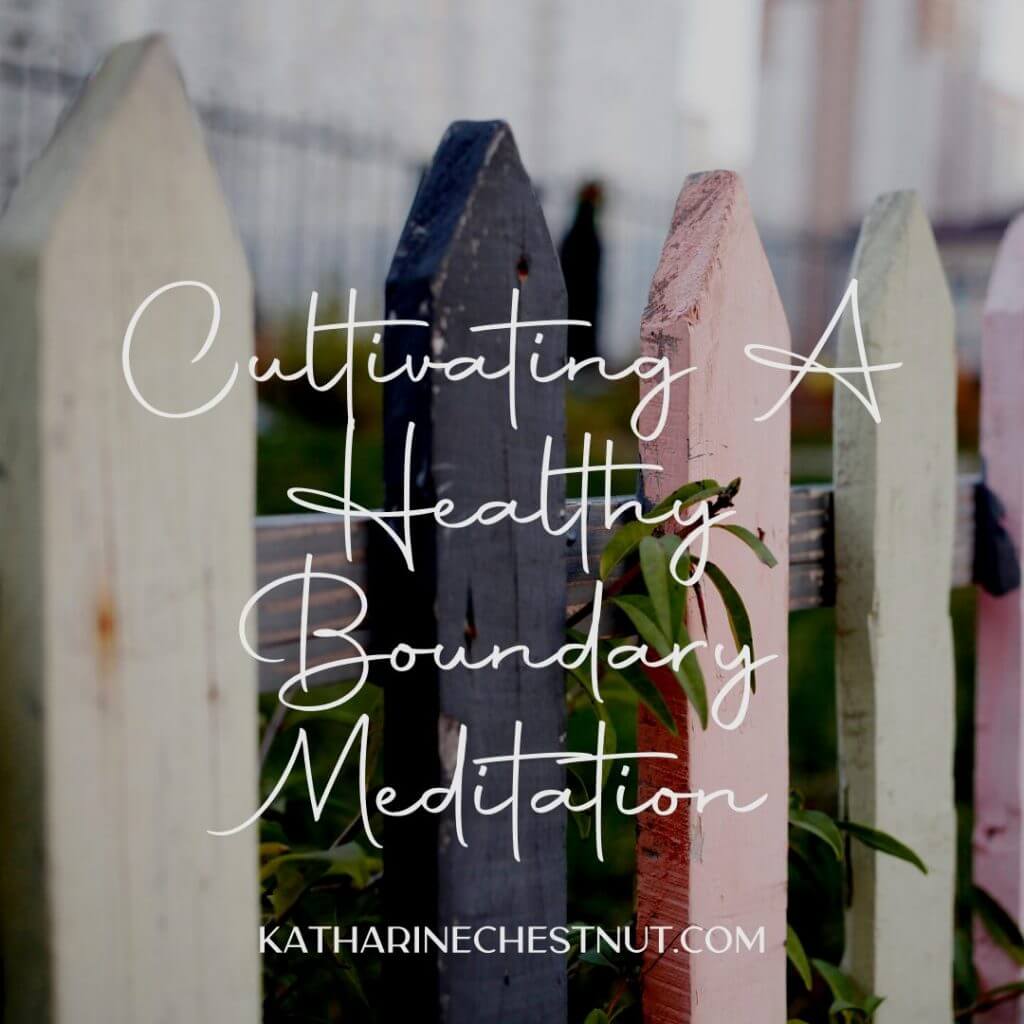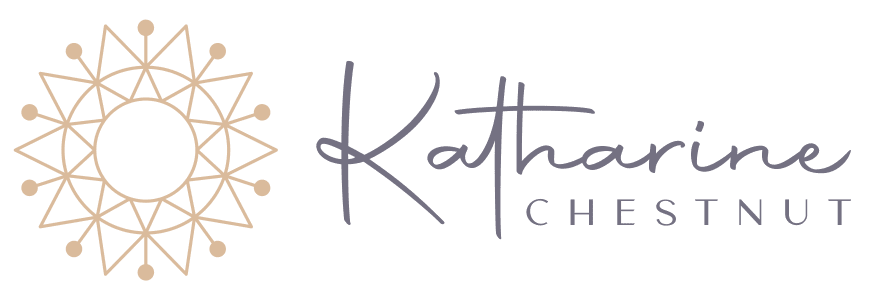
What Do Boundaries Have to Do With Growth?
“Daring to set boundaries is about having the courage to love ourselves, even when we risk disappointing others.”
– Brene Brown
The word “boundaries” can mean different things for people. These aren’t rules or restrictions, but they do act as guidelines that come in handy when we need to relate to others. “Boundaries” is also feel like a buzzword these days, especially in wellness and self improvement circles.
But what are they, why do we need them, and how do you go about setting them?
What Do Boundaries Look Like?

There are all kinds of boundaries needed in our daily lives, and you probably already set some in your personal and professional aspects of life. Boundaries get super important in our intimate and sexual relationships, since these are areas where we tend to be more vulnerable.
Typically we set boundaries around the following:
- Communication
- Financial responsibilities
- Personal/physical space
- Emotional support
Consider a fence around a garden. The fence keeps out unwanted critters who might trample or eat the things growing there, and it gives a gardener a perimeter around the work that they’re doing.
When we set boundaries around specific aspects of our lives, we allow ourselves space to grow in those areas. Perhaps you want to work on managing your temper, and you know that certain topics get you heated. It might be helpful to set a boundary with your family and friends to avoid specific topics in conversation.
“Your boundaries are the rules for how others learn to behave around you, how you want to be treated, what you will accept and what you will not — they are based on your own needs and wants,” explains Sahar Andrade for Forbes. “It is not selfish, rude, pushy or self-centered to make these requests. It is understanding your value, knowing your priorities and making sure that others do as well.”

Why Do We Need Boundaries?
I like thinking of boundaries as a garden’s fence because it promotes the idea of growth.
Boundaries can get a little sticky when it comes to dealing with other people (and if they’re in the garden you’re trying to grow). You might have encountered this in your own life:
- Not speaking up for yourself when someone hurts you
- Over-sharing or “dumping” on others
- Volunteering to help out when you’re already spread thin
These are situations that all of us find ourselves in, and that’s what makes boundaries such an important part of our well-being: We need a fence to help manage the direction of our growth. And boundaries can help us grow in a way that aligns with OUR values and things WE care about most. Boundaries can help us understand ourselves better—when we maintain healthy boundaries, we have the space to really nurture ourselves.
And boundaries allow us to adjust if we want to create space for others in our lives—other gardeners who will help support our growth. The boundaries we set in those relationships allow us to feel safe and vulnerable at the same time, because we have the space to feel both of those things. If your garden has good, sturdy fencing, it means you’ll be able to feel all of your own feelings without shame or judgment.
And I have even more good news: There’s always time to learn and practice boundary-setting.
How Can I Practice Setting Better Boundaries?
So if you’re struggling with setting boundaries, know that you’re not alone. It might be helpful to know where to start with boundary setting. Here’s how you might approach things:
- One of the best ways to determine where you should set boundaries is to examine past situations where they might’ve been crossed. Grab a pen and your journal, and write down a few of these memories.
- Take some time to reflect on those past conversations or scenarios that left you frustrated or upset.
- Think about the situation and what might have triggered your frustration: Was it how things were communicated? Was it a specific action or behavior?
Tip: I like to use my Inner Affirmations journaling method when I’m doing inner work such as this. This method lets me get to the core of the issue quickly while being truly authentic.
If you grew up in a culture or home where boundary setting wasn’t ever a topic of conversation, you might recall a few situations where boundaries were crossed.
Practice With a New Boundary

We don’t have to revisit all of those memories or demand apologies for all of the times we experienced a boundary being crossed. But we can start setting boundaries in those areas to prevent those things from happening again. And it might feel like a huge challenge to communicate those boundaries. It does take practice and persistence (like me trimming back my canna lilies each year). You may also need to exercise a bit of assertiveness.
“When you first start acting assertively, if it is a departure from your habitual state, you may be afraid that others will perceive you as mean or rude. But affirming your boundaries means that you value yourself, your needs, and your feelings more than the thoughts and opinions of others,” writes Dr. Mariana Bockarova for Psychology Today.
Setting healthy boundaries is hard work! And I have found that the challenges I go through when setting boundaries has taught me so much more than just avoiding the hard conversations.
What kind of boundaries have you struggled with setting?
Where do you want to grow?






